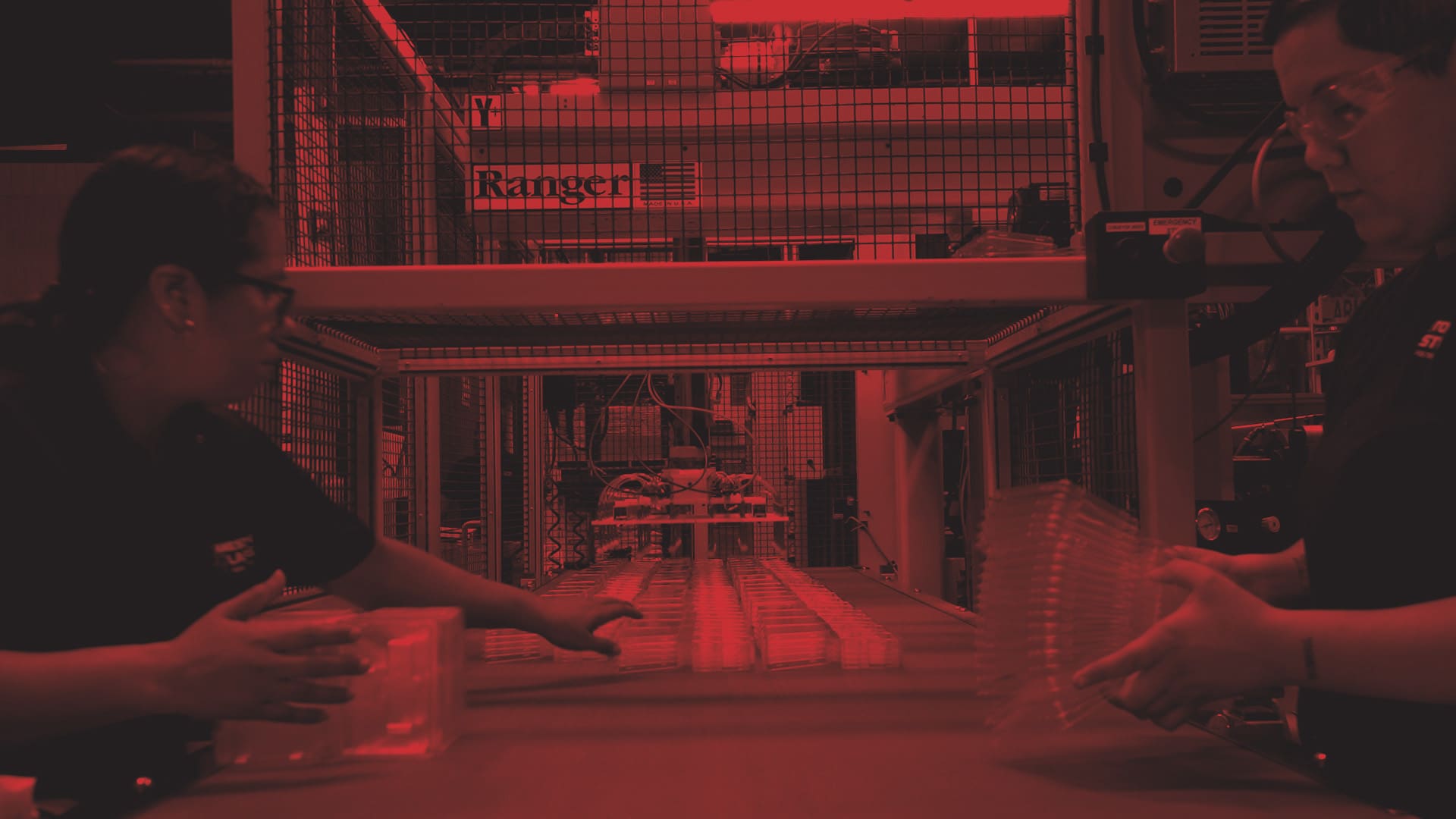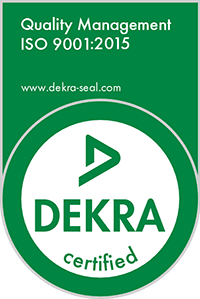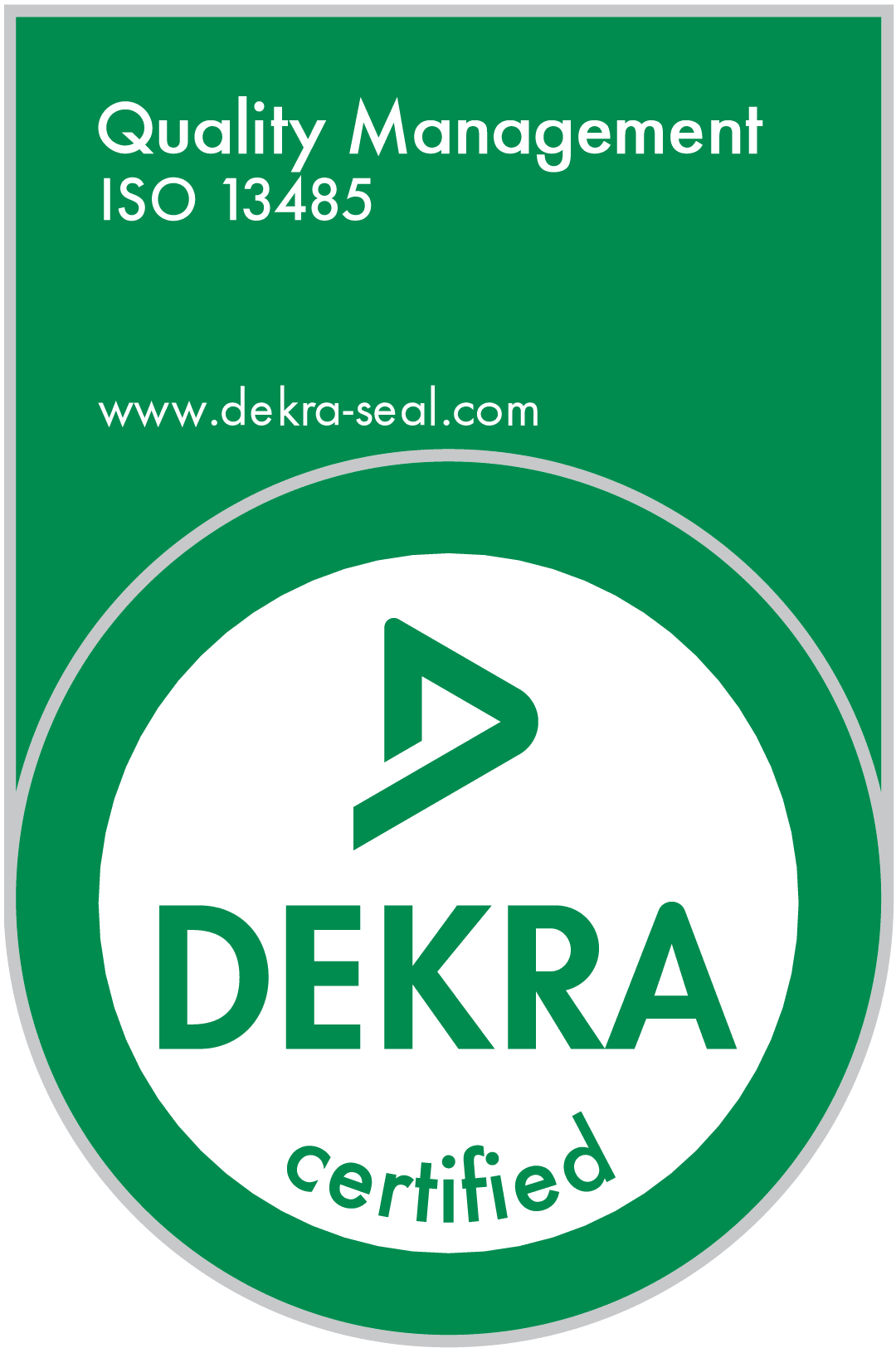1. Electrostatic Dissipative (ESD) Packaging
ESD packaging is designed to control and limit the amount of static electricity that can accumulate on the packaging material surface. Electronics thermoforming allows manufacturers to produce these packages from materials like conductive or dissipative polypropylene, which are suitable for electronics applications. These materials are lightweight, strong, and environmentally friendly. Thermoformed ESD packaging is utilized in numerous applications, including manufacturing electronic components and shipping finished goods. For example, it is used in the semiconductor sector to carry and stockpile vulnerable components like memory chips, microprocessors, and transistors.
2. Conductive Packaging
Conductive packaging shields electronic components from electromagnetic interference (EMI) and radio frequency interference (RFI). This type of packaging employs materials that conduct electricity, which can help ground electrical charges and dissipate static electricity. Using electronics thermoforming in this packaging provides excellent protection against EMI and RFI, ensuring components’ safe storage.
3. Trays, Clamshells, and Blisters
Thermoformed trays have dividers and inserts to ensure electronic components’ safe and secure transportation. On the other hand, clamshell packaging is composed of a transparent plastic shell that can also include a paper card. The electronic component is placed inside the clamshell and it then utilizes heat-sealing, welding, or buttons to close the package. These methods can also make the package tamper-proof and secure. Blisters are similar to clamshell packaging, except they have a cavity where the component is placed and then a backing card is sealed onto the plastic cavity. They are usually crafted from materials like PVC or PET that safeguard against moisture and dust. These packaging solutions are also commonly employed to protect tiny electronic components like transistors, resistors, and diodes.
4. Radomes and Housings
Radomes and housings are protective enclosures protecting electronic components from environmental elements like moisture, dust, and electromagnetic interference. Thermoforming is preferred for designing these elements since it enables size and shape customization. The process often uses polycarbonate, acrylic, and PETG for superior protection while being lightweight and easy to handle.
5. Assembly Systems
Assembly systems combine electronic components into a final product, and thermoforming is an essential solution for these systems. It enables the production of custom fixtures used to organize and assemble parts. It also allows for manufacturing robotic features, including robot arms, end-effectors, and grippers, which are integral to the assembly process.
6. Inventory Control Systems
Thermoforming is employed in creating customized trays and bins for inventory control systems. The purpose of these systems is to oversee the transfer of electronic goods within a factory or warehouse. They are also designed to ensure efficient and safe parts handling, reducing the likelihood of damage or loss during storage or transportation.
7. Satellite Dish Components
Satellite dish components capture and amplify radio signals from satellites in space. Thermoforming technology enables the production of intricate shapes and accurate dimensions necessary for optimum signal reception. Moreover, thermoformed components used in satellite dishes include feed horns, reflectors, and support structures.
Partner With the Experts in Custom Thermoforming
Looking for reliable and top-notch thermoforming solutions? Jamestown Plastics is the answer! We specialize in both light-gauge and heavy-gauge thermoforming, covering a wide range of electronics-related products. Our cutting-edge facilities have high-speed thermoforming lines featuring robotic automation and heavy gauge sheet equipment with automatic and CNC router lines. We take pride in maintaining an ISO 9001:2015 certification, proving our dedication to delivering quality products. Additionally, our facilities boast ISO Class 7 and ISO Class 8 cleanrooms to meet your stringent cleanliness requirements. Get in touch with us today to learn more about our services!





